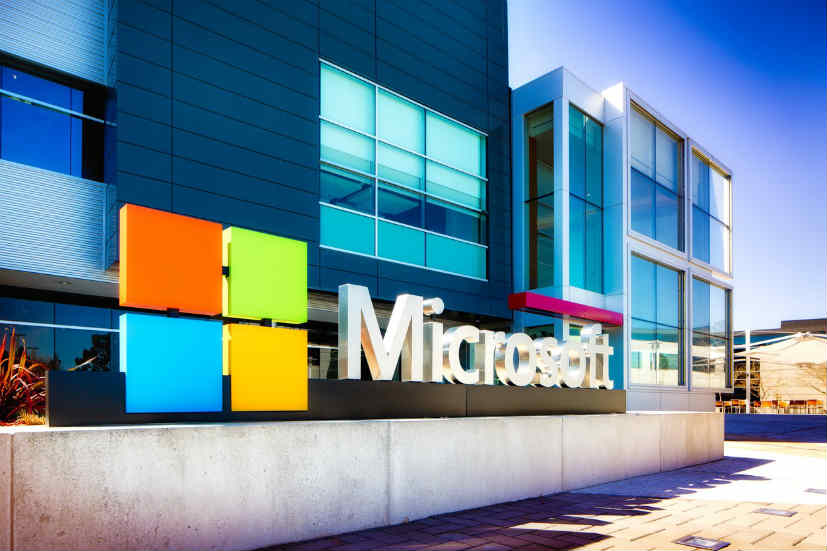A team of researchers at Microsoft has built a translation system, which translates Chinese-to-English using machine learning in natural language processing.
According to Microsoft on its a blog post, researchers in the company’s Asia and US labs said the translation system has ‘achieved human parity’, based on a test set called newstest 2017.
To attain this human parity milestone termed by Huang, three research teams from the company’s Beijing, Redmond, Washington research labs closely worked together to develop a more fluent and accurate system.
The translation test was devised from a sample of online newspapers from August 2016, and released at a research conference WMT17. External bilingual human evaluators were invited to ensure unbiased evaluation and the performance corresponds human performance. The evaluators compared Microsoft’s results to independently produced human translations for reference.
Xuedong Huang, a technical fellow in charge of Microsoft’s speech, natural language and machine translation, said, “Hitting human parity in a machine translation task is a dream that all of us have had. We just didn’t realize we’d be able to hit it so soon.”
“The pursuit of removing language barriers to help people communicate better is fantastic. It’s very, very rewarding,” he added.

